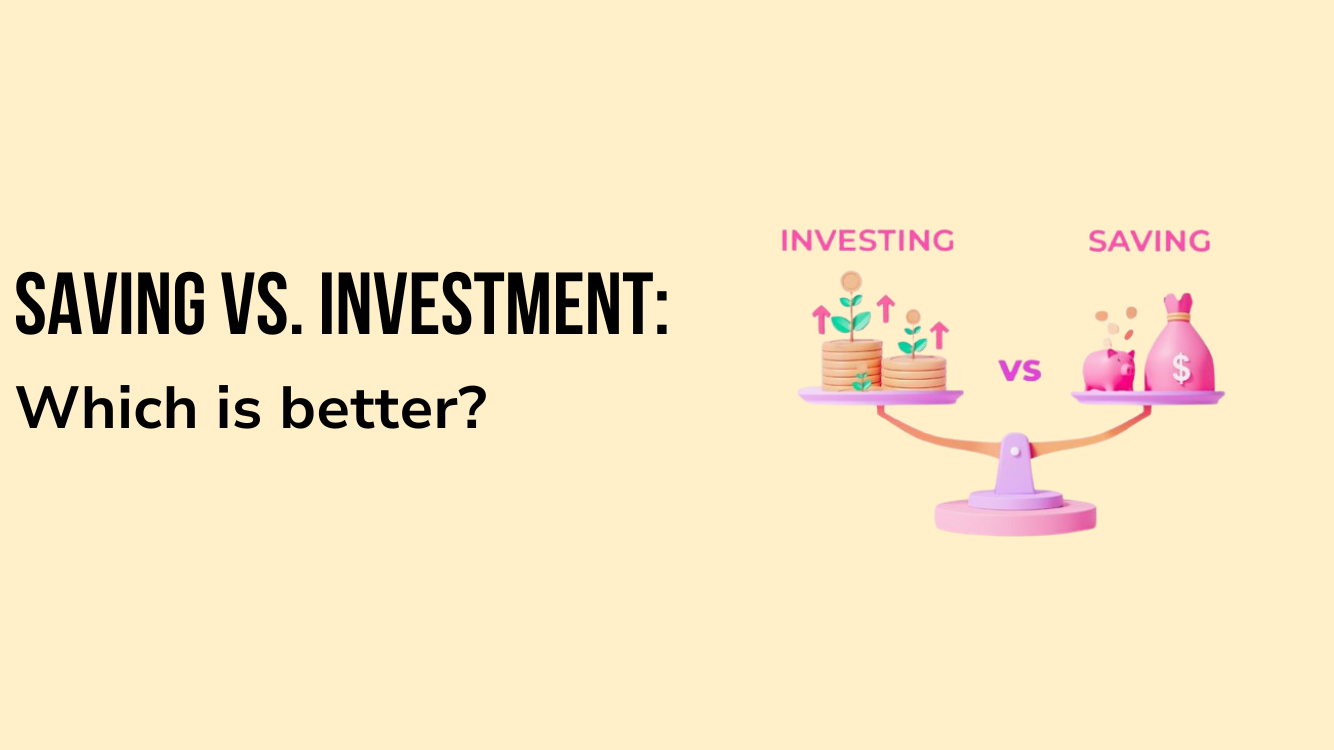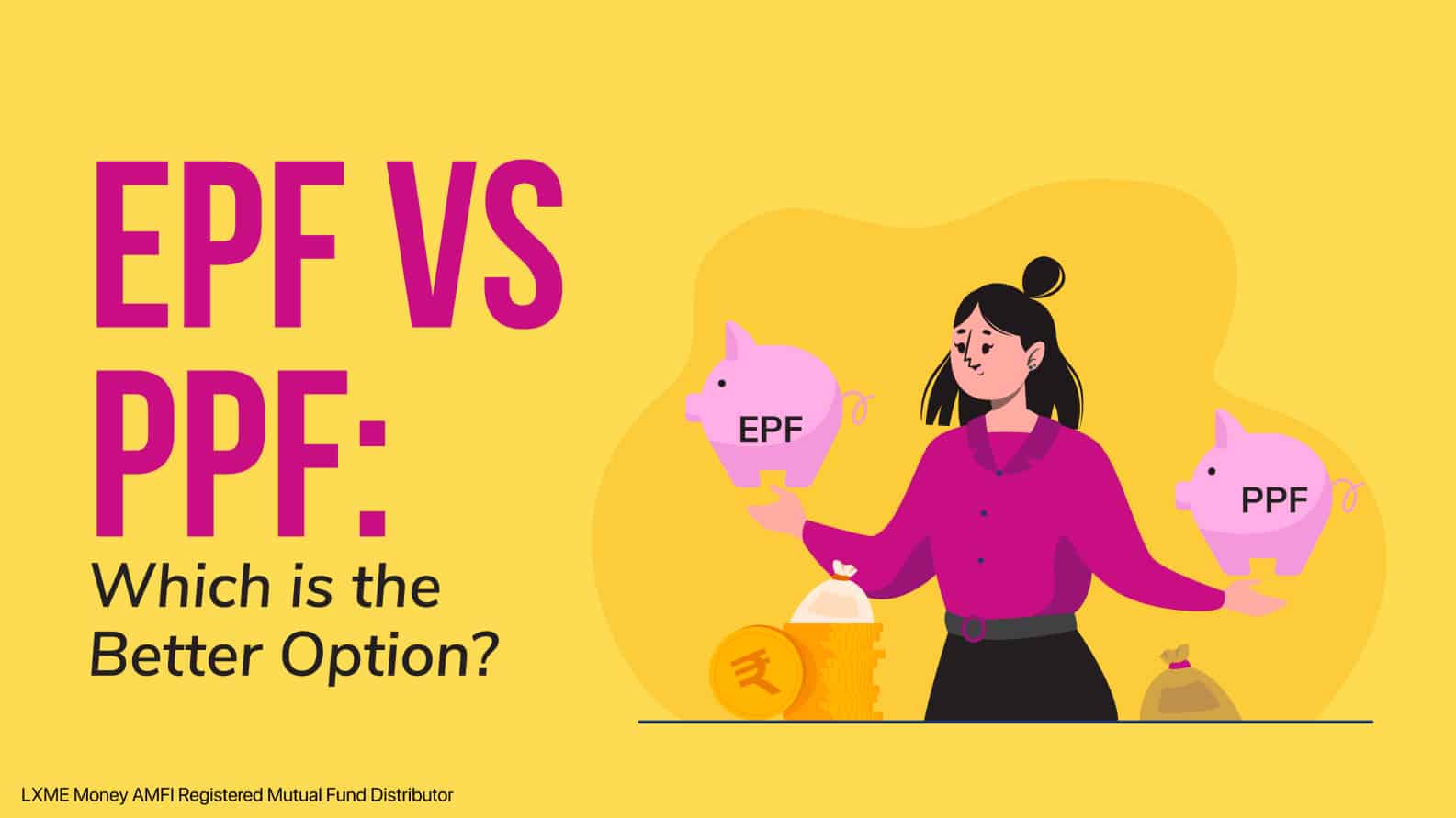It’s never too early for a woman to plan for retirement! As women tend to live longer, retirement planning is an important investment goal to obtain financial security. An easy way to achieve this goal is simply by regularly saving to create a corpus. For this purpose, the Government has introduced some saving schemes that encourage financial discipline, are simple to invest in, and generate fixed returns. Two among them are the Employee Provident Fund and the Public Provident Fund. So, what is the difference between EPF and PPF? And which is better? Let’s find out
What is an Employee Provident Fund?
EPF is a savings scheme offered by the Employees’ Provident Fund Organization (EPFO) that aims to provide retirement, pension, and insurance benefits to employed individuals. Under this, both employer and employee contribute 12% of an employee’s basic salary to the scheme. EPF duration of maturity is up till retirement.
Eligibility
- Any employee with a salary of at least Rs. 15,000/month has to contribute to EPF.
- You can opt out of contributing towards EPF only if your monthly salary is below Rs. 15,000 or if you’ve never contributed to the scheme before.
Benefits of EPF
- EPF involves a regular monthly deduction from your salary, encouraging financial discipline and easily building a retirement corpus.
- EPF enjoys tax benefits, all earnings from this scheme are tax exempted.
- EPF allows for partial withdrawal of the accumulated amount for a list of reasons.
What is the Public Provident Fund?
Public Provident Fund is a scheme where you can save money with the purpose of earning fixed interest on your savings and accumulating a corpus, typically for retirement. And PPF duration of maturity is 15 years.
Eligibility
- A PPF account can only be opened by an Indian resident.
- Minors can open an account with the help of a legal guardian.
- Only one PPF account can be held by an individual.
- PPF allows saving with a minimum investment of just ₹500. You can invest small sums every month as per your convenience.
- PPF offers a loan facility after 3 years of account opening, where you can avail 25% of the amount saved as a loan.
- PPF offers tax benefits. Contributions to the scheme as well as the amount received on maturity are tax exempted.
Now let’s have a look at difference between EPF and PPF
Difference between EPF and PPF
| Parameters | EPF | PPF |
| Meaning | Employee Provident Fund is a retirement saving scheme in which both the employee and employer contribute a portion of the employee’s salary to a fund. | Public Provident Fund is a fixed-income security scheme guaranteed by the government, which is available to all individuals and not just employees. |
| Minimum & Maximum Deposit | 12% of Basic Salary + DA. Can be increased voluntarily. | ₹500 & ₹1,50,000 |
| Eligibility | Salaried employees of a company registered under EPF act. | Any Indian Citizen. |
| Maturity | Retirement or resignation. | 15 years from the date of account opening. |
| Rate of Interest | 8.15% p.a.* | 7.1% p.a.* |
| Contributor | Both employer and employee. | Self or parent/guardian in case of minors. |
| Premature Withdrawal | ● 90% of EPF a/c balance before one year of retirement, after attaining 54 years. ● 75% of EPF a/c balance after 1 month of unemployment. Rest will be transferred to PF account of the new job | After 6 years of account opening. Withdrawal amount can be 50% of account balance of the previous year or 50% of the account balance at the end of 4th preceding year whichever is lower. |
Difference between EPF and PPF
*These returns get revised periodically by Government
Drawbacks of EPF and PPF
Cannot beat Inflation
In the long run, both EPF and PPF return barely beat inflation rates. Investment in other instruments such as equity mutual funds has the potential to deliver inflation-beating returns.
Liquidity
Both EPF and PPF are not very liquid instruments. Withdrawals can be made only under special circumstances and after a certain period.
EPF or PPF which is better?
Both EPF and PPF are government-backed savings schemes offering fixed returns.
If you’re self-employed and not eligible for EPF, Public Provident Fund (PPF) is a good, risk-free option to invest some money in and diversify your portfolio.
However, if you’re salaried, then you can opt for EPF as your employer will make an equal contribution to the scheme. Additionally, it has provisions for earlier withdrawals and offers a comparatively higher interest rate.
In conclusion, making a decision on where to invest has a lot to do with your type of employment, whether salaried or self-employed as well as your withdrawal and returns requirements.
However, ideally one should not put all their eggs in one basket which means you should not invest all your money in one investment instrument. Instead, you should diversify your portfolio against different asset classes such as equity mutual funds, debt mutual funds, gold, and fixed-income instruments. This way, you are managing your risk and optimizing the returns.
To start investing in Mutual funds, you can check out the ‘invest’ tab and explore LXME’s time and goal-based portfolios which are diversified, well-researched, and curated by experts.
FAQ’s
Is it mandatory to contribute in EPF if you are a salaried individual?
Yes, it is mandatory to contribute to EPF as a salaried individual if you earn a salary of at least Rs. 15,000/month. However, you can choose to opt out of EPF if it’s your first job or if you’ve never contributed before.
What is the maximum amount you can save in PPF?
In PPF, you can invest a maximum of Rs. 1, 50,000 per year.
What are the major differences between EPF and PPF?
You can choose to close your PPF account anytime, however, EPF can be closed only upon termination of employment. And, only salaried employees can invest in EPF while in PPF, anyone can invest.
Share this blog with your family and friends if you find it insightful!!
Download the LXME app for more such content!
New Investor? Request a Callback.
Fill in your details and we will guide you at every step
other blogs

Career July 25, 2024
How to Start and Grow Your Own Business
It’s both exciting and hard to grow and start a business. You need to have a plan and a strategy, and you need to stick to it to start your own business. There are some steps you must take before you can start your own tech, retail, or consulting business, so let’s see how to … How to Start and Grow Your Own Business

Career Lifestyle July 1, 2024
Steps to Prevent or Handle Workplace Harassment
Harassment at workplace comes as a very big issue. It can be defined as threatening behaviour by anyone at the workplace which can include insults, explicit messages, threats, bogus rumors, and offensive displays among other things. It can affect mental & physical health along with work performance. Cases of workplace harassment seem to be only … Steps to Prevent or Handle Workplace Harassment

Mutual Funds Saving June 24, 2024
Saving vs. Investment: Which is better?
When it comes to money women are very disciplined in saving and budgeting. They can manage the expenses even in the tightest budget. They always think about the future like no one else can as they are proactive in all situations, so they always set aside some part of their budget for future or emergencies. … Saving vs. Investment: Which is better?









